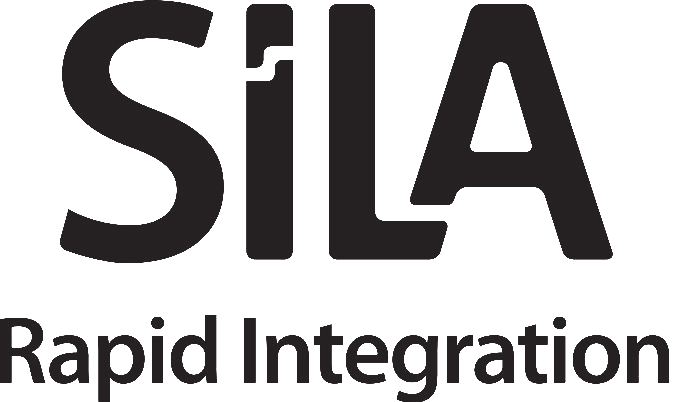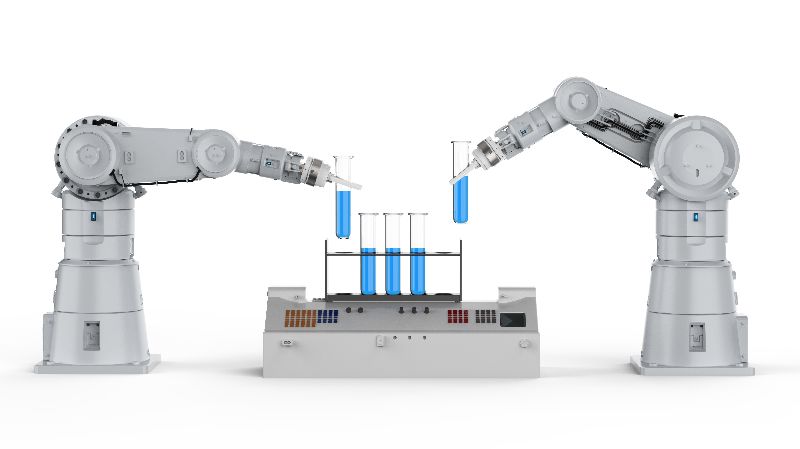Dear SiLA friends and members
The 3rd bioSASH hackathon is split in three different groups/dates. So, you are invited to choose which working group(s) you would like to join.
The event is free of charge and will take place on the following dates:
03.03.2021 – Devices in the local lab and LIMS in the cloud – how to build a smart data integration
10.03.2021 – Mobile Robotics/Laboratory Automation Plug & Play with SiLA/ ROS – SiLA bridge
17.03.2021 – Processes that require complex information in execution while the hands are busy – (approaches to solutions in the fields of microbiology, chemical analysis, and packaging examination)
Times: 10 am – 06:00 pm (CET)
Online Event: link available in due time
The hackathon brings together laboratory users with a platform of top European experts in the field of automation and IT development. Take the chance and join our third virtual event in which innovative ideas and approaches to solutions for automation in the laboratory will be developed. The target audience for the upcoming hackathons are both experienced and inexperienced coders as well as lab users who wish to exchange with European automation experts in the field of automation and IT developmentWe cordially invite all laboratory users, robotics companies, pharmaceutical companies, startups & SMEs, students, and coders to join our hackathon. This will be the third of further planned events. It is not too late to join a team that contribute to smarter, safer, and faster labs.
Don´t miss the opportunity to come together and to create synergies.
Come together – Network and be part of a progressive innovative group!
Find out how SiLA and AnIML standard can be implemented, connect with people, and exchange your ideas and experiences. If you are interested in smart data integrations, robotics solutions, digitization, and standardization in the lab then these will be the right events for you.
For any questions and more info please contact Jamin Bouras.
This Technology Transfer Experiment has received funding from the European Union’s Horizon 2020 research and innovation program under the DIH-HERO grant agreement no 825003.


